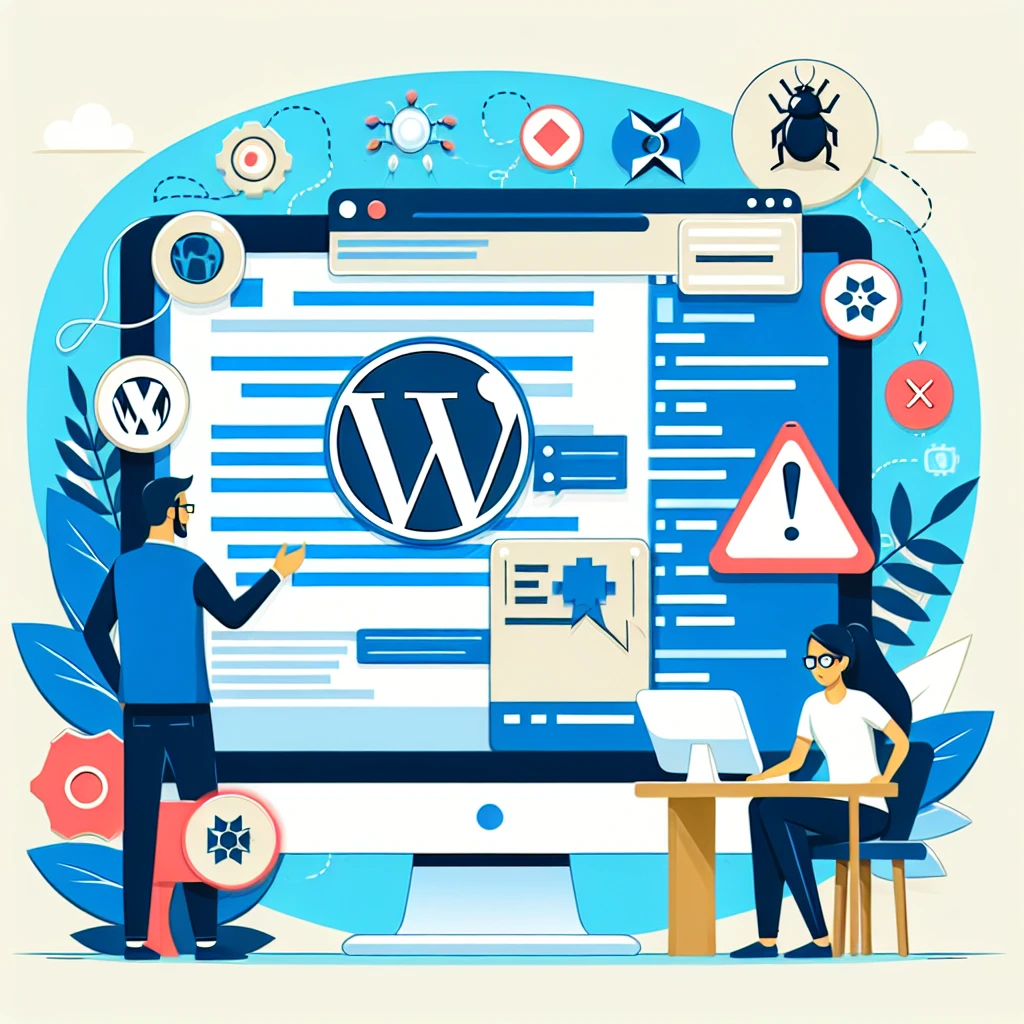
Common WordPress Issues and How to Fix Them: A Guide for Your Website
Table Of Contents
- Introduction
- 1. Slow Loading Website
- 2. Login Issues
- 3. White Screen of Death
- 4. Error Establishing Database Connection
- 5. Plugin and Theme Compatibility Issues
- Conclusion
Introduction
WordPress is a powerful and versatile platform that empowers millions of websites around the world. However, like any software, it can have its share of issues. This guide will explore some of the most common WordPress problems website owners encounter and provide effective solutions to fix them.
1. Slow Loading Website
A slow-loading website can lead to a poor user experience and decrease your search engine rankings. Here are several effective steps you can take to remedy this:
- Optimize Images: Use image compression tools to reduce file size without sacrificing quality.
- Use a Caching Plugin: Implement caching plugins such as WP Super Cache or W3 Total Cache to boost speed.
- Minimize HTTP Requests: Reduce the number of files by combining CSS and JavaScript files.
- Choose a Reliable Hosting Provider: Upgrade to a hosting service that offers great performance and uptime.
2. Login Issues
Login problems can prevent you from accessing your WordPress dashboard. Here’s how to troubleshoot:
- Reset Your Password: Use the "Lost your password?" link on the login page to reset your password.
- Check for Plugin Conflicts: Disable plugins by renaming the plugin folder via FTP and try logging in again.
- Clear Browser Cache: Clear your browser cache and cookies, as these can sometimes interfere with the login process.
3. White Screen of Death
The "White Screen of Death" (WSOD) is a frustrating issue that leaves your website blank. Here’s how to address it:
- Enable Debugging: Add
define('WP_DEBUG', true);to yourwp-config.phpfile to diagnose the problem. - Increase Memory Limit: Increase the PHP memory limit in your
wp-config.phpfile usingdefine('WP_MEMORY_LIMIT', '256M');. - Deactivate Plugins: Disable all plugins temporarily to find out if a specific plugin is causing the problem.
4. Error Establishing Database Connection
This error indicates that WordPress cannot connect to the database. Here are some strategies to fix it:
- Check Database Credentials: Ensure your database name, username, password, and host are correct in
wp-config.php. - Repair Database: Use phpMyAdmin to repair your database by selecting it and clicking on the "Repair" option.
- Contact Your Hosting Provider: Sometimes, the issue could be on the server-side; check with your hosting provider for any known problems.
5. Plugin and Theme Compatibility Issues
Updating themes and plugins can sometimes create compatibility issues, resulting in errors. Here’s how to manage this:
- Keep Everything Updated: Regularly update WordPress core, themes, and plugins to maintain compatibility.
- Use Compatible Themes: Choose themes that are frequently updated and compatible with the latest WordPress versions.
- Test on Staging Sites: Set up a staging site to test updates before applying them to your live site.
Conclusion
Facing common WordPress issues can be daunting, but with the right knowledge and tools, they can be resolved effectively. By applying the tips outlined in this article, you can maintain your website’s health and performance. Regular maintenance and updates are key to ensuring a smooth WordPress experience.

